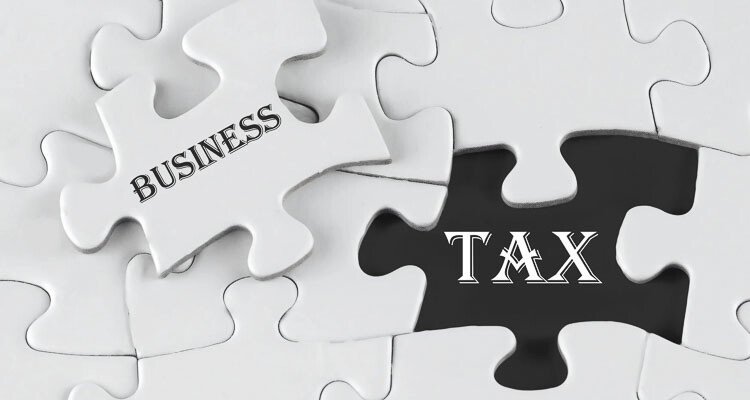
In 2017, the state Legislature established the group to examine the state’s current tax structure with the goal of making the state’s taxes more transparent, stable, fair, and adequate
Brett Davis
The Center Square Washington
The bipartisan Tax Structure Work Group has released its recommendations for improving Washington state’ taxes: replacing the business and occupation tax with a margin tax and giving local governments the ability to expand their property tax limits.
In 2017, the state Legislature established the group to examine the state’s current tax structure with the goal of making the state’s taxes more transparent, stable, fair, and adequate.
TSWG staff from the state Department of Revenue on Thursday afternoon updated the House Finance Committee on its recommendations.
Margin tax
“But it’s basically one rate,” Dean Carlson, tax policy coordinator with the Department of Revenue, said of the margin tax. “Where the B&O tax has multiple rates depending on the activity that you’re doing, this would be one rate.”
Washington’s business and occupation tax is levied upon the gross receipt of businesses making more than $125,000 a year.
Major classification rates for the business and occupation tax are 0.471% for retailing, 0.484% for wholesaling and manufacturing, and 1.5% for service and other activities.
A margin tax would still tax gross receipts – at a $500,000 threshold – but allow businesses to use one of four deductions: cost of goods sold, compensation paid, a fixed percentage of gross receipts, and a flat amount.
The remaining “margin” would then be taxed at a single rate.
“So, the margin tax revenue neutral rate was calculated at 3.1966%,” noted Kathy Oline, assistant director of research and fiscal analysis for DOR. “This is based on a goal of revenue neutrality in the 2029-31 biennium.
Per a legislative provision to last year’s Engrossed Senate Substitute Bill 5693, proposals from TSWG must be revenue neutral.
The margin tax rate proposal does have an “EZ rate” option for businesses with an annual gross income of $5 million or less. An eligible business can elect to pay the 1.75% margin tax on their gross income, with no standard deductions allowed.
Some previous economic studies found that the B&O tax can disadvantage small, start-up, and low-margin companies.
“And I think the logic behind the margin tax is that deductions are what you use to adjust between differences in different industries,” Carlson explained. “Because you can choose your deduction, whichever one works out best for the business.”
Expanding local property tax limits
Current law limits increases in taxes by individual taxing districts to 1% annually, plus any increase in levy capacity for various add-ons such as new construction.
This so-called “101% levy limit” or “1% growth limit” makes it difficult for local governments to raise revenue at a time of high inflation that is raising costs.
“This proposal would revise the definition of that limit factor to mean 100% plus population and inflation,” Carlson noted. “And then there is a maximum of 3%, if the population and inflation is over 3%, and a minimum of zero – no increase in the limit.”
Oline stressed this proposal does not apply to the state.
“This proposal has no impact on the state property tax levy,” she said. “It’s a local proposal.”
TSWG’s recommendations are just that. Lawmakers may introduce bills this session based on the group’s recommendations.
This report was first published by The Center Square Washington.
Also read:
- Clark County seeks nominations for local businesses, individuals for Disability Employment Awareness AwardsClark County is seeking nominations of businesses and individuals for its annual Clark County Disability Employment Awareness Month Awards.
- Southwest Washington real estate activity increasesCano Real Estate Broker Megan Storie reports that the latest Southwest Washington Real Estate Market stats is good news for both sellers and buyers in Southwest Washington.
- Columbia Credit Union hires Heather Friend as chief operating officerColumbia Credit Union has hired Heather Friend as chief operating officer.
- Area Realtor states the local real estate market ‘is not slowing down’Mark Hall of Cano Real Estate provides context on the latest Southwest Washington RMLS report.
- City of Battle Ground offering tourism grantsThe city of Battle Ground is offering grants to help fund programs that attract tourists to Battle Ground.
- Future unknown for popular Goldies Texas Style BBQGoldies BBQ has left its location in east Vancouver but hopes to continue at another location in the near future, where it will continue to serve all and appreciate all those who serve or served in the military and law enforcement.
- 29 Camas businesses announce the launch of the Explore Camas PassportCamas business owners recently announced the launch of the Explore Camas Passport, a program designed to reward consumers for shopping & dining local.











